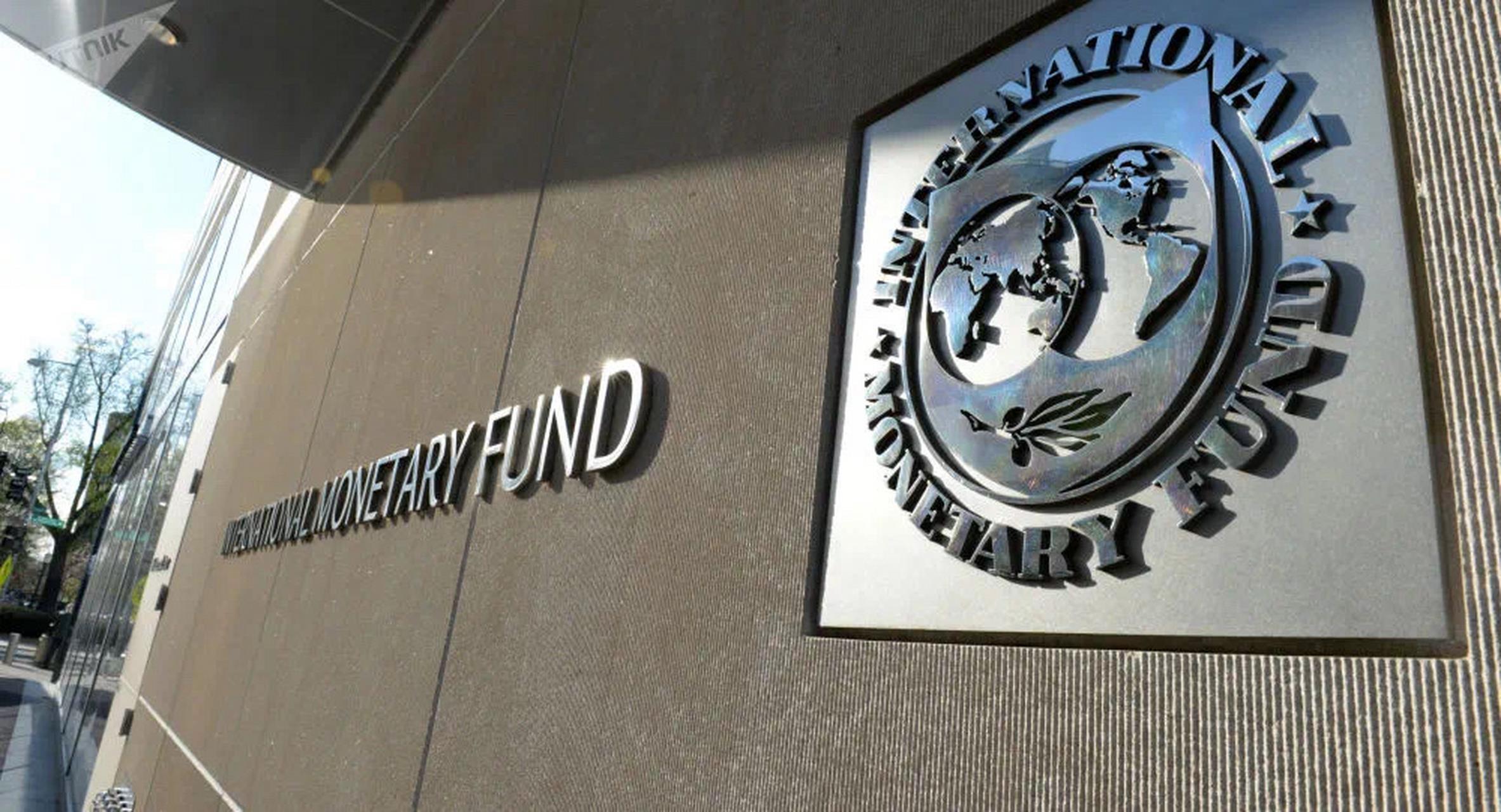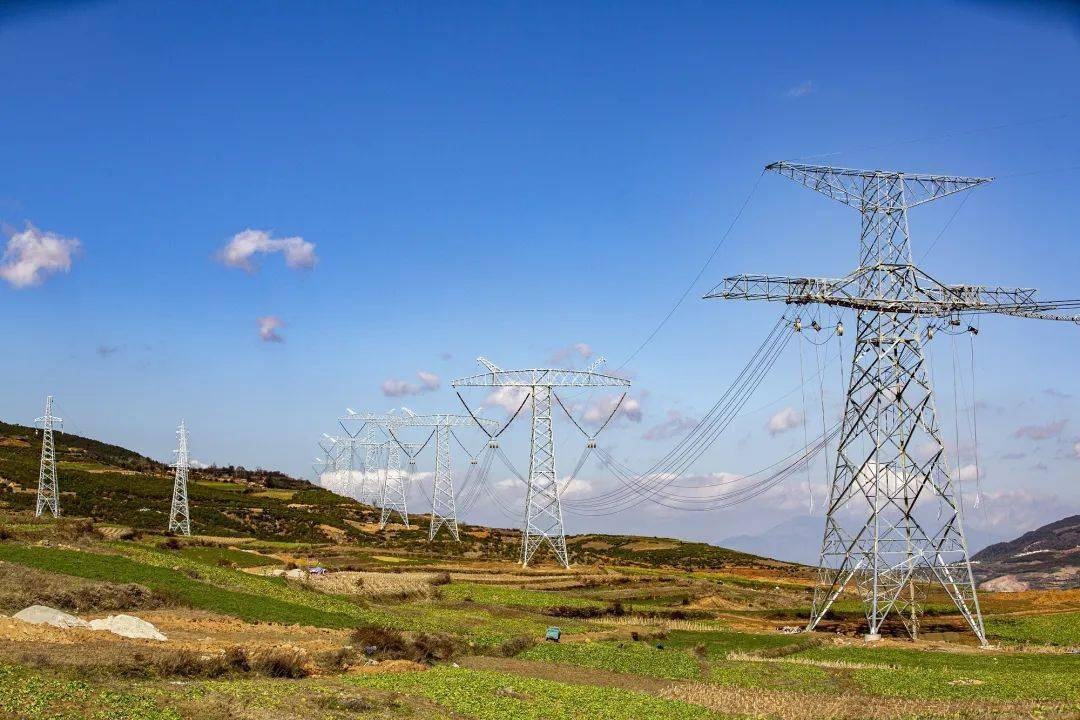
On July 22, 2025, the International Monetary Fund (IMF) released its latest report, characterizing the US Trump administration's policy of imposing tariffs on almost all its trading partners as a "significant negative shock." This trade bullying in the name of "America First" has not only pushed global tariff levels to their highest point in nearly a century but also unleashed systemic risks that are shaking the global industrial, trade, and financial chains, exposing the lethal destructive power of unilateralism against the multilateral system.
I. Global Demand Contraction: The Transmission Chain from Trade War to Economic Recession
The IMF report reveals that the direct consequence of the US tariff hikes is a surge in import prices and a sharp drop in global demand. Taking the automotive industry as an example, after the US imposed a 25% tariff on imported cars and auto parts, S&P Global predicts that light vehicle sales in the US will plummet from 16 million units to between 14.5 million and 15 million units, a 10% decline. This contraction in demand rapidly spreads through the global supply chain: German auto parts suppliers are forced to lay off workers due to reduced US orders, Mexican border processing plants shut down amid shrinking North American markets, and export-oriented enterprises in China's Yangtze River Delta region face a wave of order cancellations.
Data from the World Trade Organization (WTO) corroborates this chain reaction: If trade frictions continue to escalate, global merchandise trade volume will plummet from an expected +3.3% to -4.3% in 2025, effectively erasing five years of trade growth. More dangerously, this contraction is forming a self-reinforcing vicious cycle—companies delay investments due to insufficient demand, and consumers reduce spending amid inflationary pressures, ultimately pushing the global economy into a "low-growth, high-inflation" stagflation trap.
II. Industrial Chain Disruption: The Paradigm Shift from Efficiency First to Security First
The core logic of the US tariff policy is to restructure the global industrial chain, but its actual effect has been to shatter the efficient division-of-labor system into fragmented camps. In the semiconductor sector, after the US imposed a 145% tariff on high-tech products from China, Apple was forced to increase iPhone production capacity at its Indian factories to 50%. However, the defect rate at Indian plants is 15 percentage points higher than in China, directly reducing global smartphone shipments by 1.8%. This attempt at "de-sinicization" not only drives up production costs but also forces multinational corporations into a dilemma between "efficiency losses" and "geopolitical risks."
Emerging economies have become the biggest victims of industrial chain restructuring. A UNCTAD report points out that Southeast Asian countries, overly reliant on the US market, have seen export growth decline by 12.6% under tariff shocks; African resource exporters face foreign exchange shortages due to global trade contraction; and Latin American manufacturing countries are trapped in "imported inflation" caused by rising costs of intermediate goods. This structural damage is reshaping the global development landscape—the World Bank predicts that emerging market economic growth in 2025 will be 0.5 percentage points lower than the baseline scenario, equivalent to losing the economic output of Indonesia.
III. Financial Turmoil Intensifies: Systemic Risks from Currency Wars to Capital Flight
Uncertainty surrounding tariff policies has become the "biggest risk source" for global financial markets. In April 2025, when the US announced tariffs on EU steel, the euro-to-dollar exchange rate plummeted 2.3% in a single day, wiping over $500 billion off European stock markets. This volatility is even more pronounced in emerging markets: the Mexican peso, Turkish lira, and South African rand have all depreciated sharply due to deteriorating trade prospects, triggering waves of capital outflows. The IMF warns that if trade frictions escalate, global foreign exchange reserve depletion will accelerate by 30%, and some countries may be forced to draw on IMF Special Drawing Rights (SDRs) to maintain financial stability.
The more profound impact lies in the shock to the US dollar system. While short-term declines in import demand may temporarily boost the dollar's exchange rate, in the long run, US trading partners are accelerating "de-dollarization" to hedge risks. China's local currency settlement agreements with Brazil, Russia, and other countries now cover over 60% of bilateral trade, while the EU's "Instrument in Support of Trade Exchanges" (INSTEX) system has attracted 20 member states. If this trend continues, it will undermine the foundations of the US dollar as the global reserve currency.
IV. Multilateralism Crisis: The Historical Turning Point from Rule Destruction to System Reconstruction
The US tariff policy is essentially "self-destruction" of the multilateral trading system. WTO data shows that global retaliatory tariffs in 2025 cover $1.2 trillion worth of goods, six times the scale of the 2018 US-China trade war. This "tit-for-tat"报复循环 (retaliatory cycle) has sent the global average tariff rate soaring from 5.1% in 2016 to 12.1% in 2025, completely overturning the free trade order established after World War II.
Facing this crisis, the international community is exploring new governance solutions. China and the EU have restarted negotiations on electric vehicle subsidies, promoting the establishment of a "tariff-free technology cooperation zone"; the ten ASEAN nations are accelerating an upgraded version of the Regional Comprehensive Economic Partnership (RCEP), aiming to achieve zero tariffs on 90% of goods by 2030; and the African Union, drawing on EU experience, has launched construction of a digital single window for the African Continental Free Trade Area. These practices demonstrate that multilateralism is not dead but is evolving into a more inclusive and balanced new form after enduring growing pains.
V. History Does Not Repeat Itself, but It Rhymes
In 1930, the US Smoot-Hawley Tariff Act plunged the world into the Great Depression; in 2025, the same protectionist script is being replayed. But today's global economy is deeply interconnected, and any unilateral actions will face stronger countermeasures. The IMF's final warning in its report is deafening: "When trade wars escalate into institutional wars, the losers will not just be economies but human civilization itself." The wheels of history cannot be turned back. Only by abandoning zero-sum thinking and rebuilding a rules-based multilateral order can we avoid repeating past mistakes.

报告显示,中国电力投资加速增长,预计2024年电网基建投资将超过5300亿元。
近日,市场迎来了一则引人注目的消息:工业巨头3M公司(MMM.N)在本周五公布了其季度业绩报告,随后股价飙升至近两年来的
最近,外媒给OpenAI算了笔账,今年可能要血亏50亿美元。
近日,巴黎奥运会和世界铁人三项协会联合发布了一项重大决定,宣布因塞纳河水质污染问题,原定于近期进行的奥运会铁人三项首次下
当地时间7月18日,法国巴黎发生了一起令人震惊的持刀袭警事件。
近期,一则重大消息在国际舞台上引起轩然大波,马来西亚宣布加入金砖国家。
调查发现,互联网和智能手机的使用干扰了韩国近五分之一学生的生活。